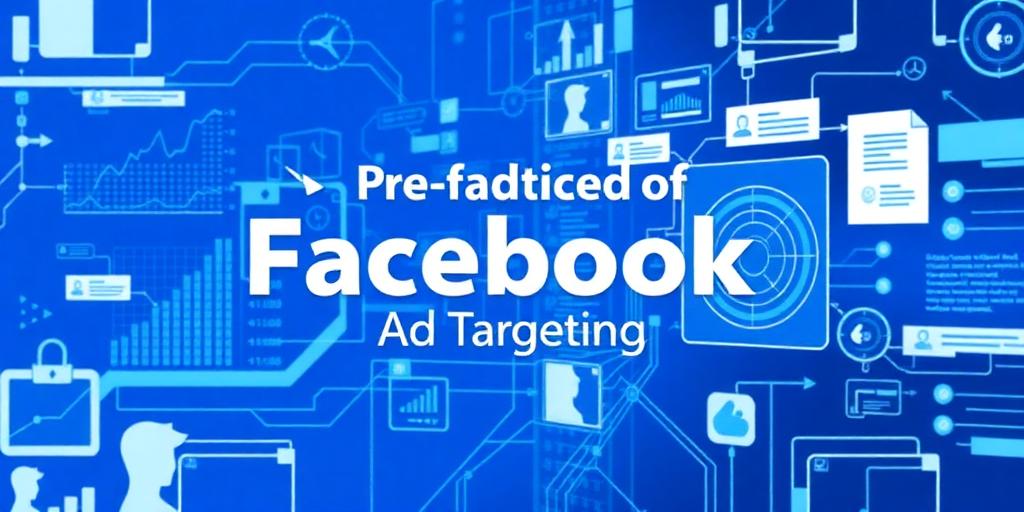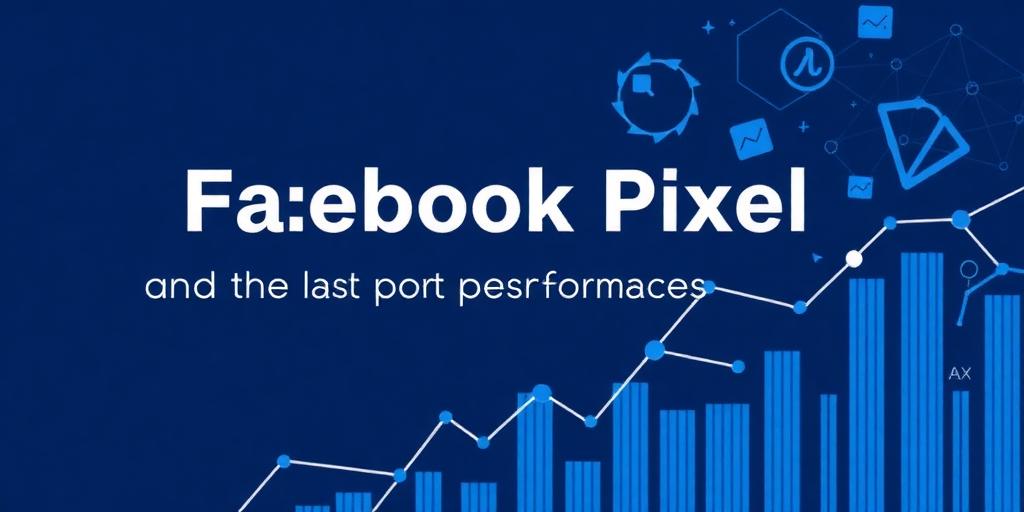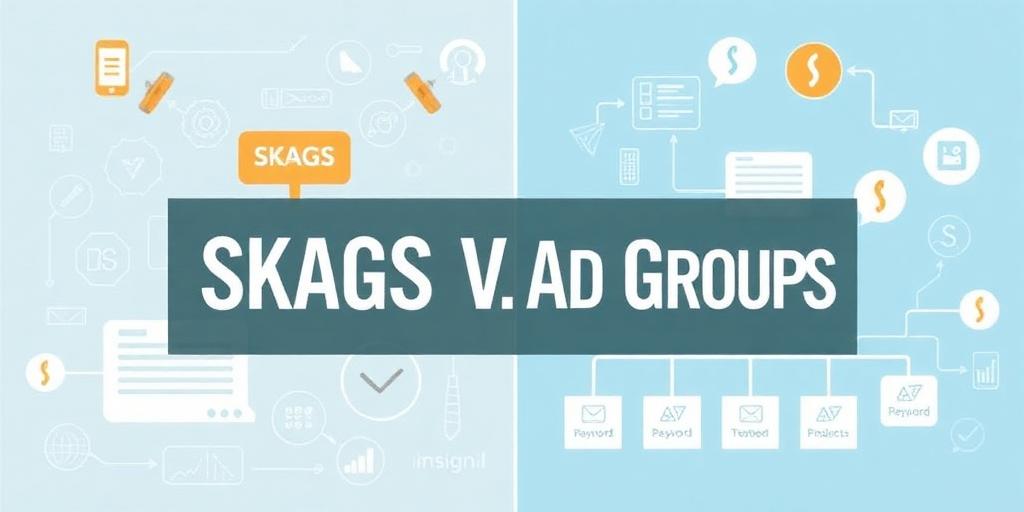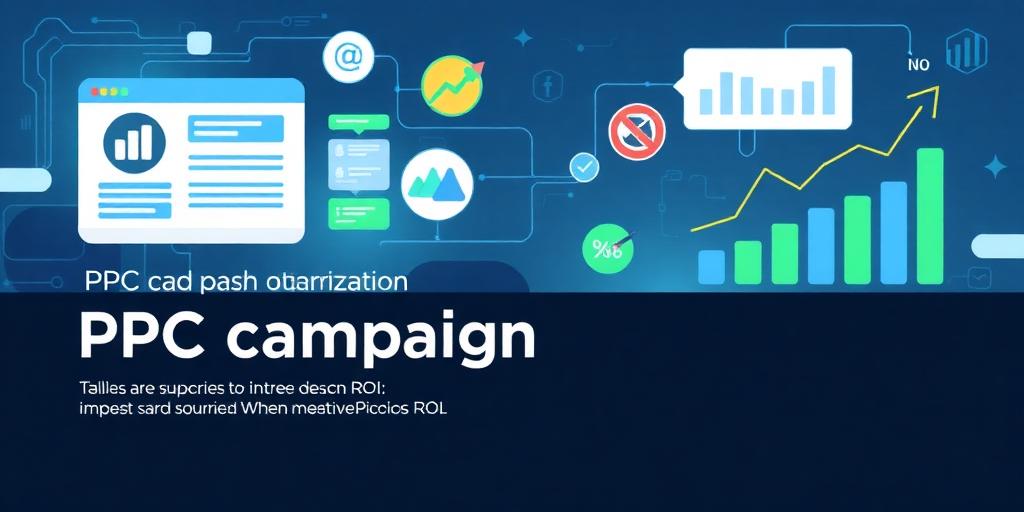Core Web Vitals: Understanding and Optimizing for a Better User Experience
In the realm of web development and SEO, user experience (UX) has risen to prominence as a key ranking factor. Google's Core Web Vitals (CWV) are a set of specific metrics designed to measure and evaluate different facets of user experience. Optimizing these vitals can lead to improved search engine rankings, increased user engagement, and higher conversion rates. This article delves into what Core Web Vitals are, why they matter, and actionable strategies to enhance them.
What are Core Web Vitals?
Core Web Vitals are a subset of Web Vitals that Google considers essential for gauging the overall user experience of a web page. These metrics focus on three aspects: loading performance, interactivity, and visual stability. The current set of Core Web Vitals includes:
Largest Contentful Paint (LCP): Measures the time it takes for the largest content element (such as an image or block of text) to become visible within the viewport. It gauges loading performance.
First Input Delay (FID): Quantifies the time from when a user first interacts with a page (e.g., clicks a link, taps on a button) to the time when the browser responds to that interaction. It assesses interactivity.
Cumulative Layout Shift (CLS): Measures the sum of all unexpected layout shifts that occur during the lifespan of a page. It evaluates visual stability.
Why Do Core Web Vitals Matter?
Improved User Experience: Optimizing CWV leads to faster loading times, smoother interactions, and a more stable visual experience, all contributing to higher user satisfaction.
SEO Ranking Factor: Google uses CWV as a ranking signal. Websites that meet the recommended thresholds are more likely to rank higher in search results.
Increased Engagement and Conversions: A positive user experience encourages visitors to spend more time on your site, explore more pages, and ultimately, convert into customers.
How to Improve Core Web Vitals
Largest Contentful Paint (LCP)
Optimize Images: Compress images without sacrificing quality. Use modern image formats like WebP and lazy-load off-screen images.
Upgrade Web Hosting: A faster server response time directly impacts LCP. Consider using a Content Delivery Network (CDN) to distribute content globally.
Minify CSS and JavaScript: Reduce the size of your CSS and JavaScript files by removing unnecessary characters, spaces, and comments.
First Input Delay (FID)
Reduce JavaScript Execution Time: Break up long tasks into smaller, asynchronous tasks to avoid blocking the main thread.
Optimize Third-Party Scripts: Evaluate and optimize or remove unnecessary third-party scripts, such as ads or analytics trackers, that can impact FID.
Use Browser Caching: Leverage browser caching to store static assets locally, reducing the need to reload them on subsequent visits.
Cumulative Layout Shift (CLS)
Set Size Attributes for Images and Videos: Always specify width and height attributes for images and videos to prevent the browser from reflowing the page when the content loads.
Reserve Space for Ads: Pre-allocate space for ads to prevent them from pushing content around when they load.
Avoid Inserting New Content Above Existing Content: Refrain from injecting new content above existing content, especially without user interaction.
Tools for Measuring Core Web Vitals
Google PageSpeed Insights: Provides detailed insights into page performance on both mobile and desktop devices, along with specific recommendations for improvement.
Google Search Console: Offers a Core Web Vitals report that highlights pages with poor, needs improvement, and good CWV scores.
Lighthouse: An open-source, automated tool for improving the quality of web pages. It has audits for performance, accessibility, progressive web apps, SEO, and more.
WebPageTest: A versatile tool for testing website speed and performance from multiple locations around the world.
Conclusion
Core Web Vitals are critical metrics that every website owner and developer should prioritize. By focusing on loading performance, interactivity, and visual stability, you can provide a superior user experience, boost your search engine rankings, and drive more conversions. Regularly monitor and optimize your Core Web Vitals using the tools and techniques outlined above to stay ahead in today's competitive digital landscape.








